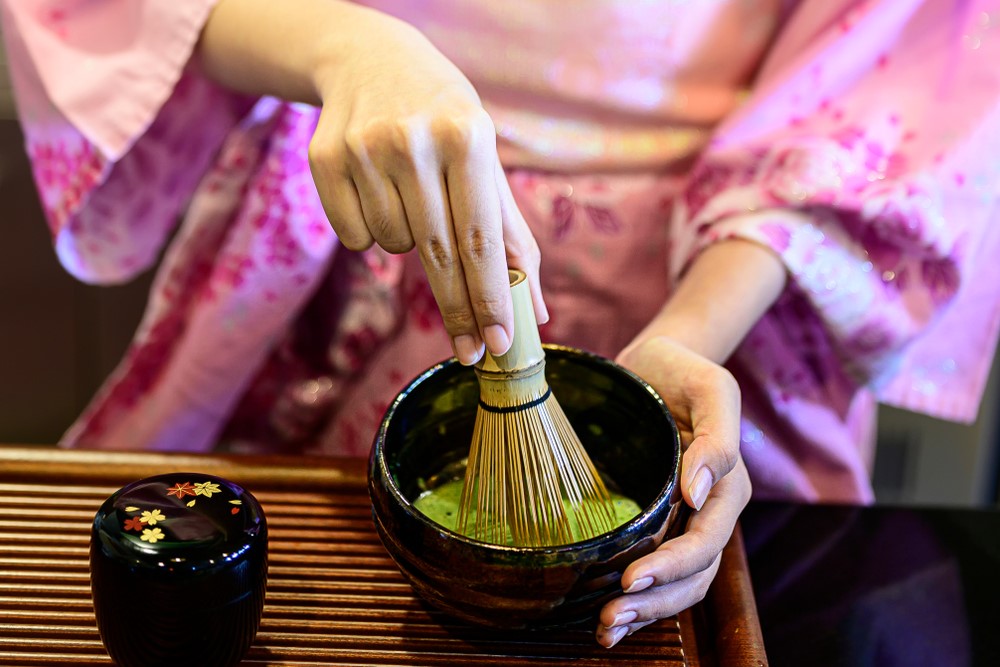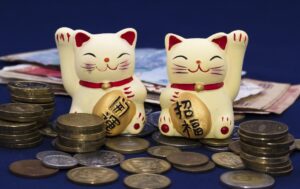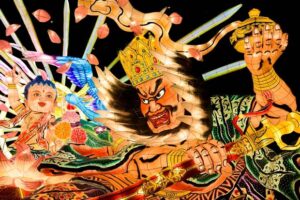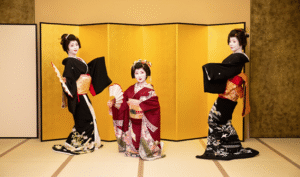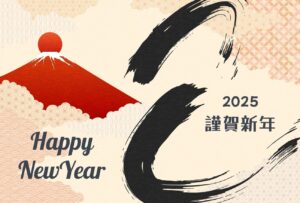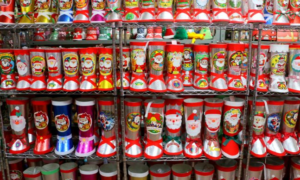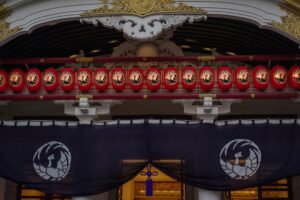Tea Culture in Japan
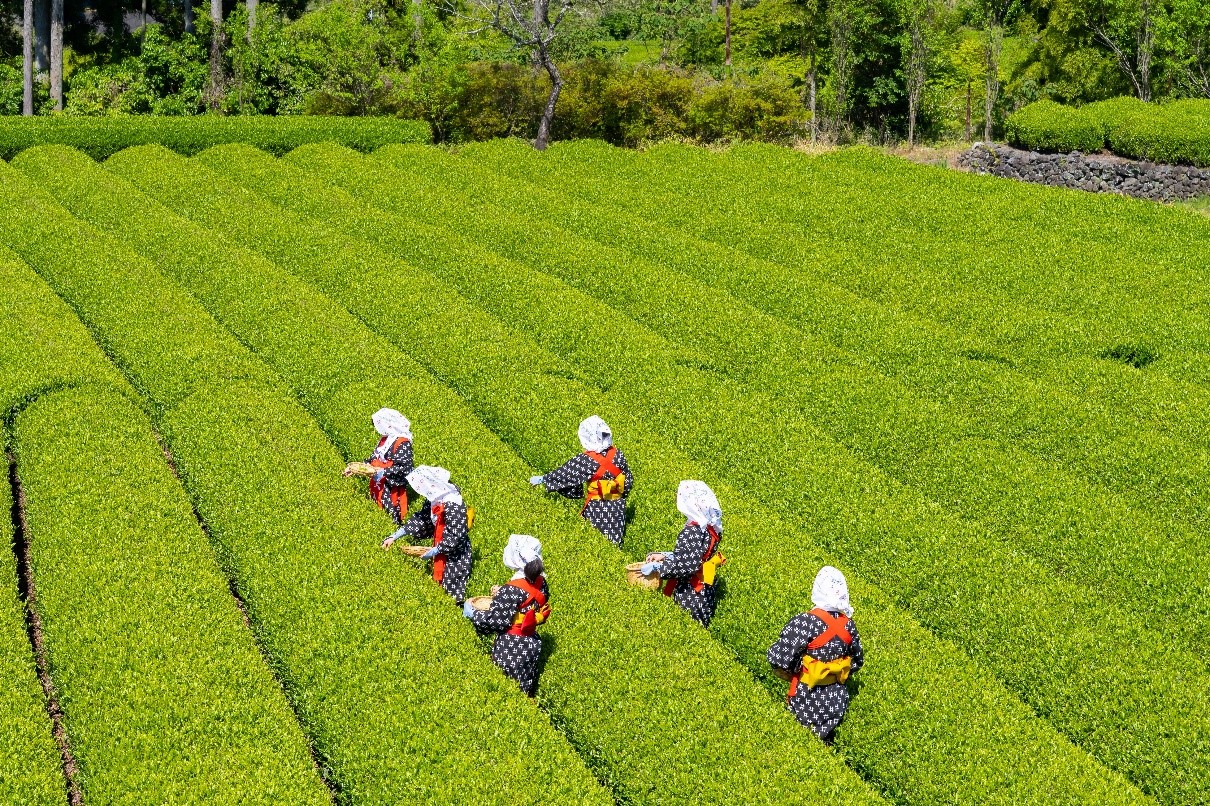
Tea holds a significant place in Japanese culture, deeply embedded in its traditions and daily life. The practice of making and consuming tea has evolved over the centuries, yet it remains a vital part of Japanese society. Japanese tea ceremonies, known worldwide, are a powerful cultural symbol.
The Tradition of Tea Ceremonies
Tea ceremonies, or the “way of tea,” focus on the hospitality extended to guests. These ceremonies involve the meticulous preparation and presentation of matcha green tea. An informal tea gathering is called a chaji, while the more formal version is known as otemae.
Rooted in Zen Buddhism, tea ceremonies date back to the year 815. Initially used in monks’ religious rituals, the practice was later adopted by Japanese elites. Tea parties became highly fashionable, particularly in Kyoto, and their popularity soared.
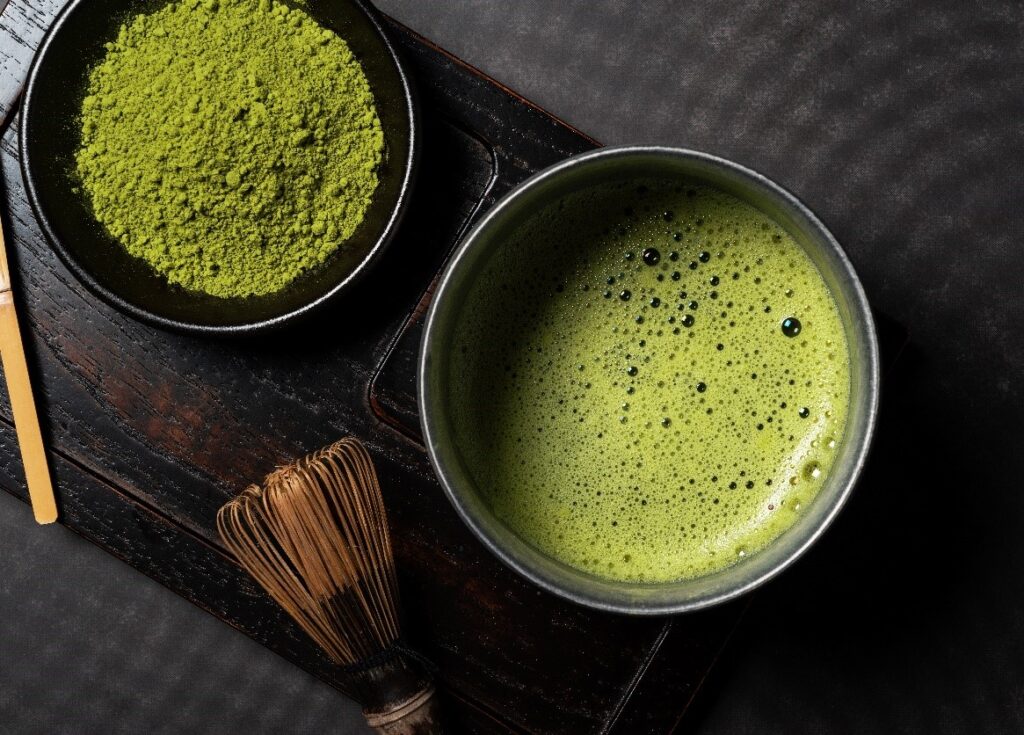
The Rituals and Etiquette of Tea Ceremonies
Specific rules and traditions make tea ceremonies formal and special. Typically, these ceremonies use chawan tea bowls, powdered tea made with bamboo, and a chasen, a bamboo whisk, for stirring. Tea ceremonies usually take place in a chashitsu, a house designed specifically for tea gatherings. A tea master leads the ceremony, carefully cleaning the utensils, preparing the tea, and serving it to the guests. The guests, in turn, drink the tea with great care and compliment the tea master for their efforts. Such etiquette is deeply rooted in tradition and is integral to the ceremony.
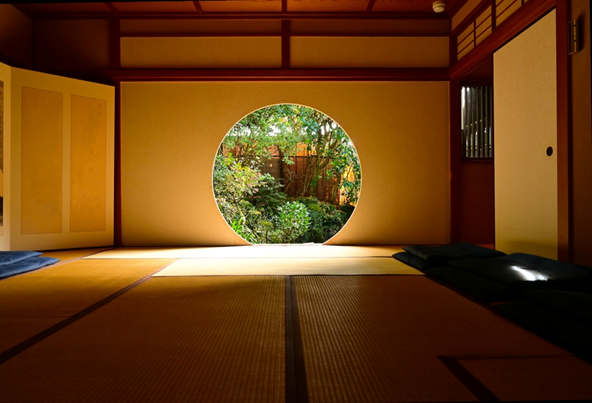
Contemporary Tea Culture
While traditional tea ceremonies are still practiced and valued today, participation has declined among the Japanese population. In modern times, tea is often consumed casually, and the formal ceremonies are less common than they once were. Despite this, the beauty and significance of Japanese tea ceremonies endure, and it is crucial to preserve these cultural traditions.
